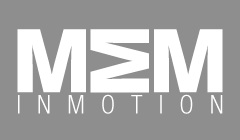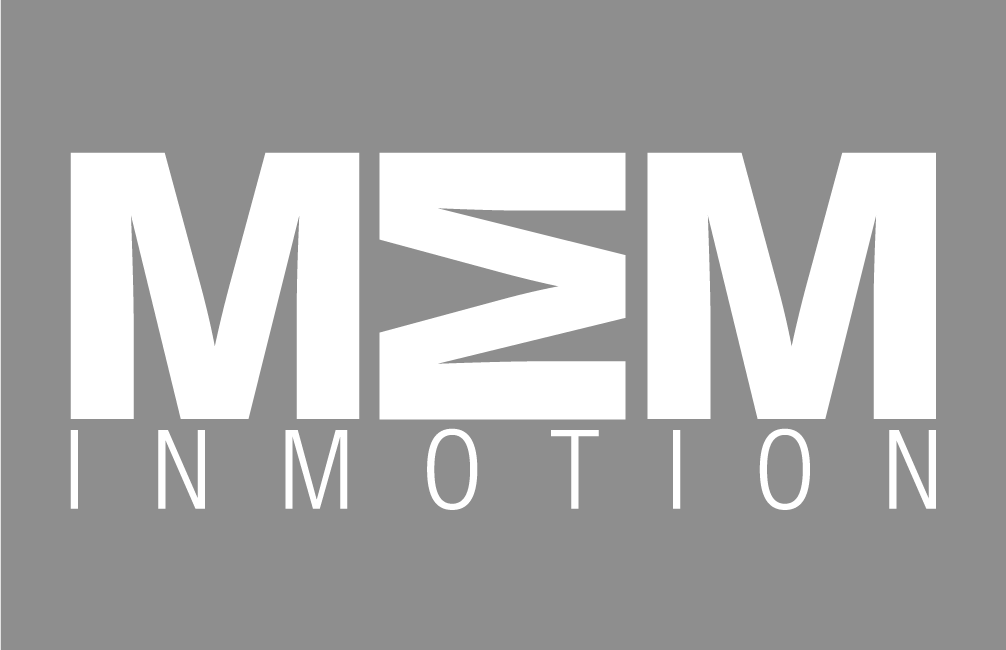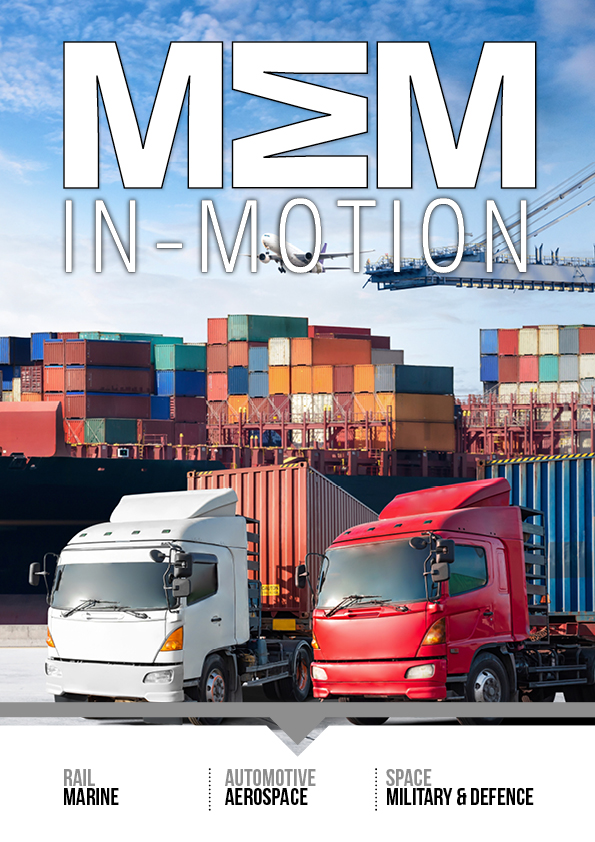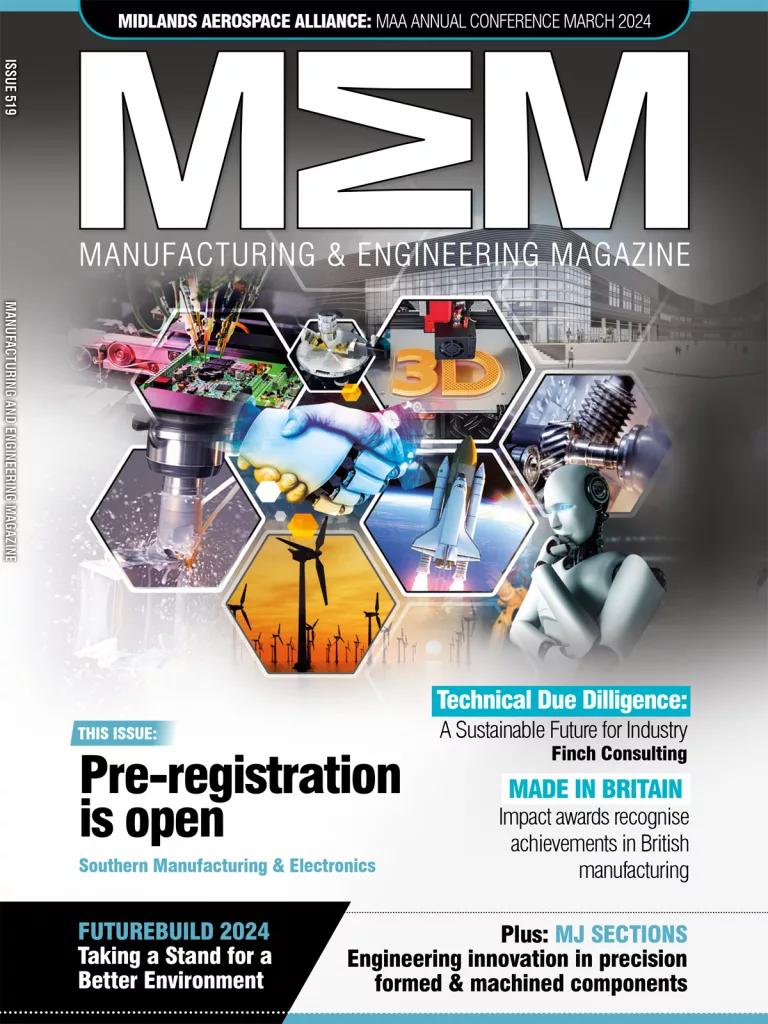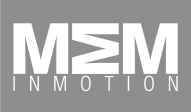Actisense – Underwater Engineering Expertise
(The Following is a Promoted Article)
With fourteen years of life behind it, Actisense has become a key player in the marine electronics industry and has supplied products to over 30 countries around the world. It’s with a dedication to quality and reliability that the Dorset-based company has acquired a competitive edge over others and is now the go-to in intelligent sensors and interfaces. Thanks to Actisense’s keen eye for detail and emphasis on making the little things count, the marine electronics sector, in particular, now stands in good stead to become a springboard for the industry as a whole.
Recognising how the sector was held back by the electrical components and software in use, Actisense set about stimulating change â starting from the bottom. Principal was securing a reliability and technical refinement previously unseen in marine electronics. As Phil Whitehurst, CEO of Actisense details, We started off with some fairly conventional products in the first few years with a view to encouraging better practice at a very initial level. We’d noticed several limitations with the use of standard microprocessors and so set about making use of things like the ARM 32-bit processor range. While they’ve become widely-used in mobile phones now, we were amongst the first to introduce them to the marine electronics sector.
It was a move which meant its products had, in fact, more processing power than they needed; were effectively over-engineered, and yet allowed the company to supplement additional features more easily. In view of its aptitude in design and engineering development, Actisense is preparing to diversify into the commercial marine market â a move for which it will certainly require versatility and adaptability. Already successful in the leisure marine market, the company has witnessed soaring demand in the commercial sector owing to the gains in reliability its products are able to provide. With a view to facilitating its new popularity, Actisense has driven the optimisation of its interfacing products, as Whitehurst makes clear, We’ve listened to our customers and taken the opportunity to re-engineer some of our equipment in order to better provide for that market: making our interfaces bigger and more robust while retaining the internal technology we’ve worked hard to perfect.
Within marine technology, there are various points where interfacing needs to connect materials and processes together. Problematically, at each point of linkage, there are various different standards, making it hard for these things to talk to each other. One of our strengths is being able to unite each of those different processes, and our products allow for data to be effectively distributed between operations.
An expert in state-of-the-art interfacing and data servicing, Actisense is also able to refurbish existing software by supplementing the old with the new. While it’s often the case that innovative technology renders all else obsolete, the company is adept at joining the dots between its highly-engineered solutions and those already in place on marine vehicles. It’s an ability that qualifies the company’s claim to being an NMEA specialist in view of it adherence to standards put forth by the National Marine Electronics Association (NMEA) in the US.
The company’s membership within the association has been pivotal in keeping abreast of changes in legislation, technical requirement and technological development. Attending the innumerable conferences, committees and events NMEA holds, Actisense stays on top of its local and global responsibilities. Because NMEA standards feed directly into the International Electrotechnical Commission’s (IEC) certification and are subsequently ratified by the International Maritime Organisation (IMO), the company remains ahead of the pack, and has achieved something of a pioneering reputation in the marine industry.
It’s with unrivalled competence that Actisense continues to secure contracts with some of the world’s most high profile clients, including the United States Coast Guard (USCG) and the Royal National Lifeboat Institution (RNLI). It was a real honour to win the contract with RNLI, enthuses Whitehurst. Whilst it’s not seen us supply huge volumes of kit, they’re an incredibly discerning customer and for our interfaces to meet their criteria was a real accolade. All of their new series lifeboats now feature our interfacing technology.
Enjoying a close relationship with the horde of associations of which it is a member, Actisense extends that ethic of communication to its partnered distributors, electrical installers and manufacturers. While housing a close-knit team of just seventeen employees â a third of which are graduate-qualified engineers â the company’s virtual presence is infinitely bigger. By contracting out sub-assembly works, the company is able to concentrate optimisation at the stage of design and final assembly, an operational capacity deemed vital by Whitehurst. As he explains, Because the majority of our work is so niche and specialist, it’s just as quick to complete all design work in-house as it would be to try and explain it to another party. We have design and engineering expertise that simply can’t be matched elsewhere.
And so, as the company prepares to move to new premises, four times the size of its existing home, Actisense looks set to experience further growth in the coming years. Taking great pride in the quality of its products has seen it attract an increasingly diverse client base and, with that, the company is on track to attain an ever-more global presence.
